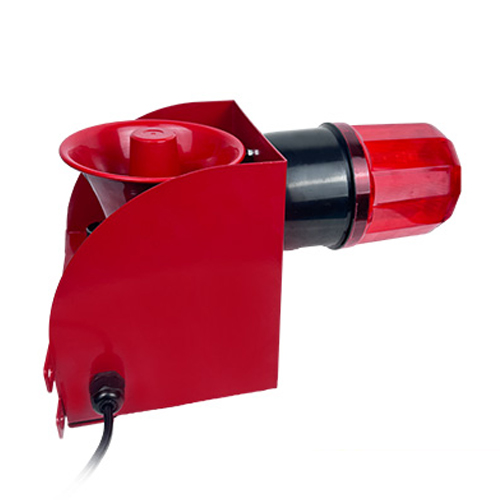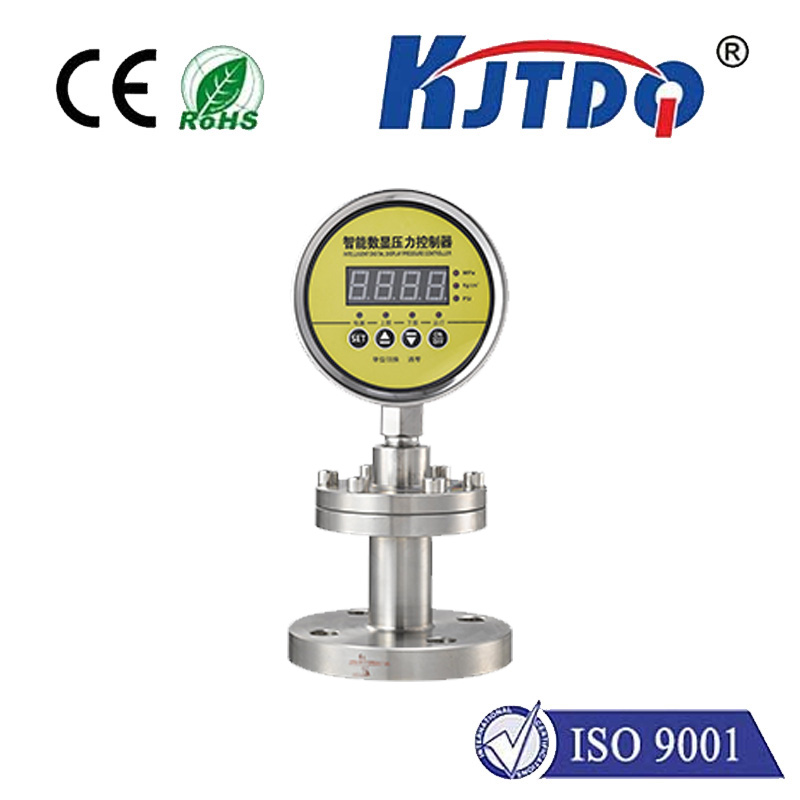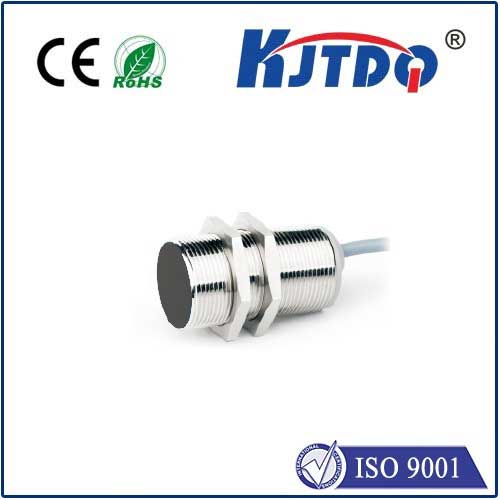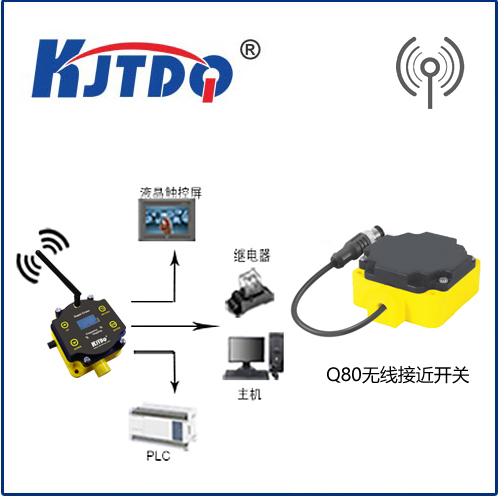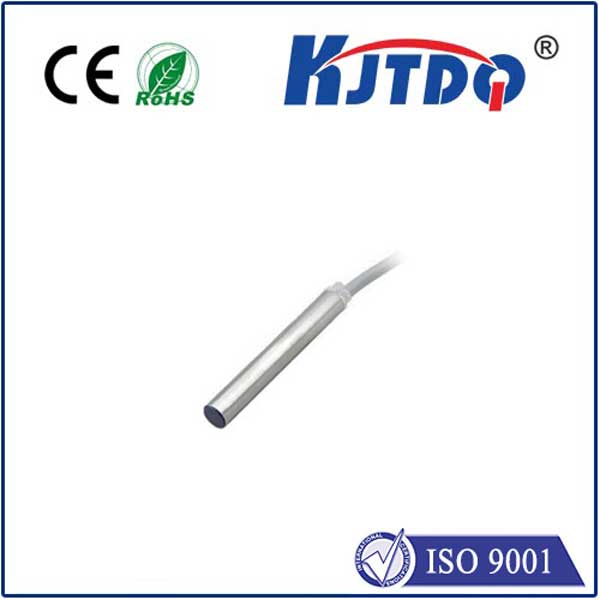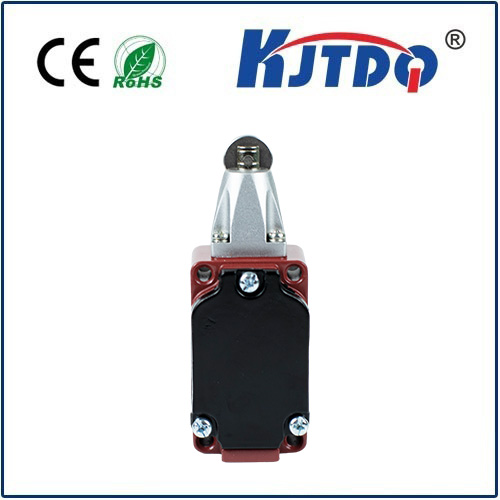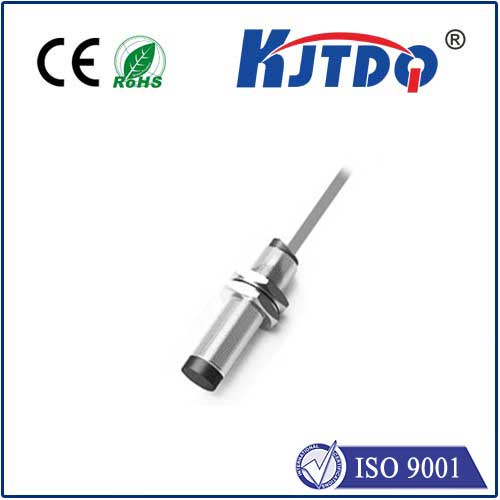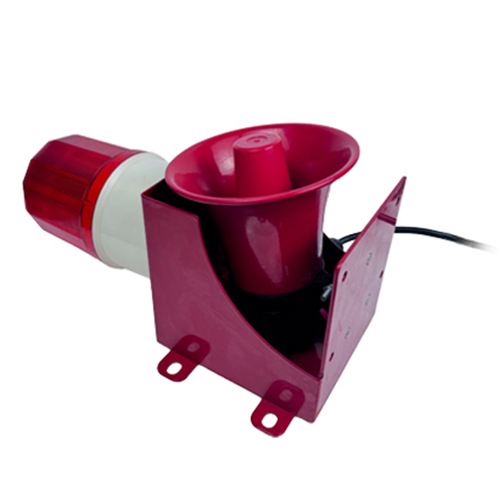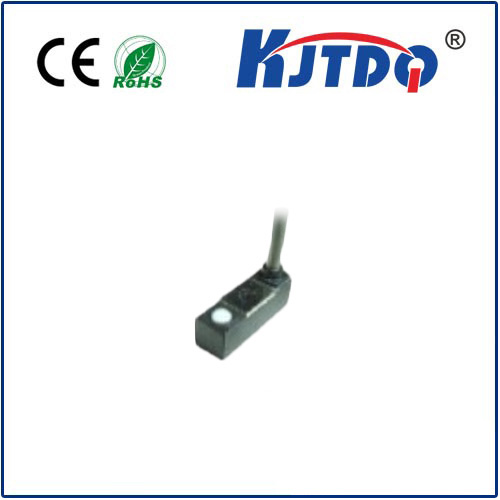capacitive prox sensor
- time:2025-06-15 01:30:24
- Click:0
Capacitive Proximity Sensors: The Unseen Power of Contactless Detection
Ever wonder how your smartphone screen responds to a near touch, or how industrial machines reliably detect materials without physical contact? The answer often lies in a versatile and robust technology: the capacitive proximity sensor. Operating silently and reliably in countless applications, these sensors are fundamental workhorses in automation and everyday electronics, detecting objects based on their electrical properties rather than through touch. Understanding their working principle and diverse capabilities reveals why they are a preferred choice for precise, non-contact detection.
Beyond Touch: How Capacitive Proximity Sensors Work
At their core, capacitive proximity sensors function based on the principles of capacitance – the ability of a system to store an electrical charge. Unlike inductive sensors that primarily detect metals, capacitive sensors respond to the presence of any material that influences an electric field.
Here’s the breakdown:
- Generating the Field: The sensor contains an oscillator circuit that generates a high-frequency electrostatic field emanating from its active face (usually the sensing surface).
- Field Disturbance: When an object enters this electrostatic field, it disrupts the field’s pattern. The object, regardless of its conductivity (though conductive materials have a stronger effect), acts as the second plate of a capacitor, with the sensor’s electrode as the first plate and the air (or other medium) as the dielectric.
- Capacitance Change: This proximity of the object increases the capacitance within the sensor’s oscillating circuit.
- Signal Processing: The sensor’s internal circuitry continuously monitors the amplitude of the oscillator’s signal. The increase in capacitance caused by the target object dampens the oscillator’s amplitude.
- Output Trigger: Once the amplitude change reaches a pre-defined threshold (the sensing distance), the sensor’s output state switches (e.g., from OFF to ON or vice-versa), signaling the object’s detection. Crucially, this happens without any physical contact.
The effective sensing distance (Sn) depends on factors like:

- The size and material (dielectric constant) of the target object (e.g., water has a very high constant).
- The size of the sensor’s active surface.
- Environmental factors (temperature, humidity).
Where Capacitive Sensors Shine: Key Applications
The unique ability to detect almost any material, including liquids, powders, granules, plastics, wood, glass, and metals, makes capacitive proximity sensors incredibly versatile:
- Liquid Level Control: Reliably detecting the presence (or absence) of liquids in tanks, bottles, pipes, or reservoirs is a classic application. They excel at sensing non-metallic containers where optical sensors might fail due to container opacity or condensation.
- Material Presence & Fill Level: Monitoring the fill level of bins, hoppers, or silos containing powders, grains, pellets, or other bulk solids. Detecting if a container is full or empty on a production line.
- Non-Metal Object Detection: Counting plastic bottles, detecting wood blocks, verifying the presence of cardboard boxes, or sensing glass panes on conveyors.
- Touch Interfaces: Found in touchscreens (like smartphones and tablets) and touch-sensitive control panels, reacting to the capacitive properties of a finger.
- Hygiene-Critical Environments: Widely used in food & beverage and pharmaceutical industries because many sensors feature housings (like stainless steel PTFE-coated) that are easy to clean and resistant to harsh washdown chemicals. Their sealed design prevents ingress.
- Automotive: Used in various systems for detecting fluids, seat occupancy detection (early implementations), and within HMI controls.
- Process Automation: Verifying the presence of labels, lids, gaskets, or other components made from diverse materials.
The Compelling Advantages: Why Choose Capacitive?
- Material Versatility: As emphasized, their ability to detect both conductive and non-conductive materials is their primary advantage over inductive sensors.
- Non-Contact Operation: Eliminates wear and tear on both sensor and target, ensuring long operational life and maintenance-free performance in many settings.
- Sealed & Robust Construction: Many variants feature IP67, IP68, or IP69K ratings, making them resistant to dust, water jets, and harsh cleaning, ideal for demanding industrial environments.
- Reliable Through Barriers: Capable of detecting objects through thin non-metallic walls, containers, or packaging (e.g., detecting liquid level through a plastic tank wall).
- Hygienic Design: Smooth surfaces and corrosion-resistant materials (like specific grades of stainless steel or specialized coatings) suit sanitary applications.
Choosing the Right Sensor: Important Considerations
Selecting the optimal capacitive proximity sensor requires attention to several factors:
- Target Material: Understand what you need to detect. Different materials (especially their dielectric constant) significantly impact the achievable sensing distance. Always test with the actual target material.
- Required Sensing Distance (Sn): Determine the maximum distance the sensor needs to detect the object. Remember the effective Sn depends heavily on the target material. Capacitive sensors typically offer shorter ranges than ultrasonic or some photoelectric types, but longer than inductive for non-metals.
- Sensing Face Size: Generally, a larger sensing face allows for a longer sensing distance.
- Mounting and Environment: Consider available space, mounting style (flush or non-flush mounting - non-flush offers slightly longer range but is more susceptible to surrounding metal), temperature extremes, exposure to chemicals, and required ingress protection (IP rating).
- Output Type: Common types include NPN/PNN (sourcing/sinking), NO/NC (Normally Open/Normally Closed), and analog output variants. Choose based on your control system requirements.
- Housing Material: Plastic is common, but stainless steel (V2A, V4A) is essential for corrosive or hygienic environments. Special coatings like PTFE or PVDF further enhance chemical resistance.
Calibration Sensitivity: A Critical Adjustment
Most capacitive sensors feature a sensitivity adjustment potentiometer (sometimes accessed via a screwdriver slot). This allows fine-tuning:
- Minimizing False Triggers: Reduce sensitivity if the sensor is detecting background objects or the mounting surface itself.
- Optimizing Detection: Increase sensitivity for challenging targets or to achieve the maximum possible range for a specific material.
- Adapting to Environment: Adjust for changes in humidity or material properties.
Effective calibration is vital for reliable operation. Manufacturers often provide guidance on initial setup procedures. Always calibrate with the target object present at the desired operating distance.
A Foundation of Modern Sensing
From ensuring your coffee machine has water to guaranteeing pharmaceutical vials are filled correctly, capacitive proximity sensors perform critical detection tasks reliably and contactlessly. Their unique ability to sense a vast array of materials through barriers, combined with rugged construction and ease of integration, solidifies their position as indispensable tools in factory automation, process control, and consumer electronics. Understanding their operation and key selection criteria empowers engineers and technicians to harness their capabilities effectively across countless industrial and commercial applications.












